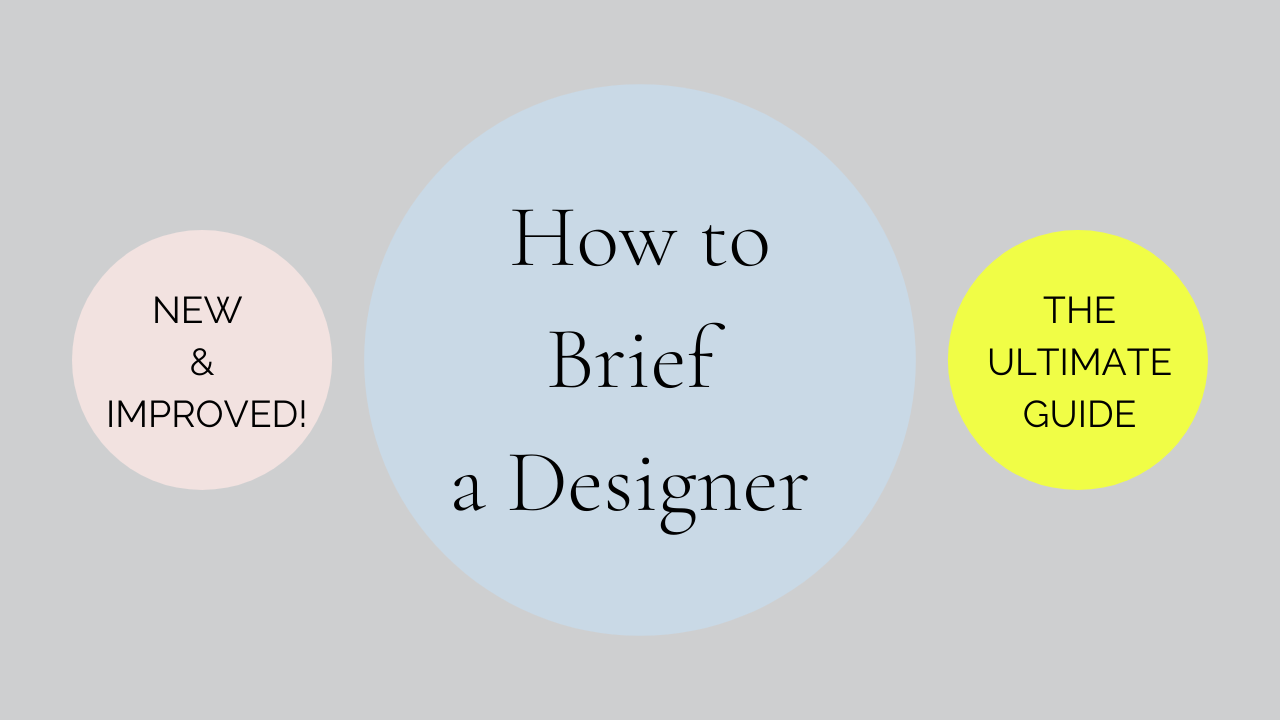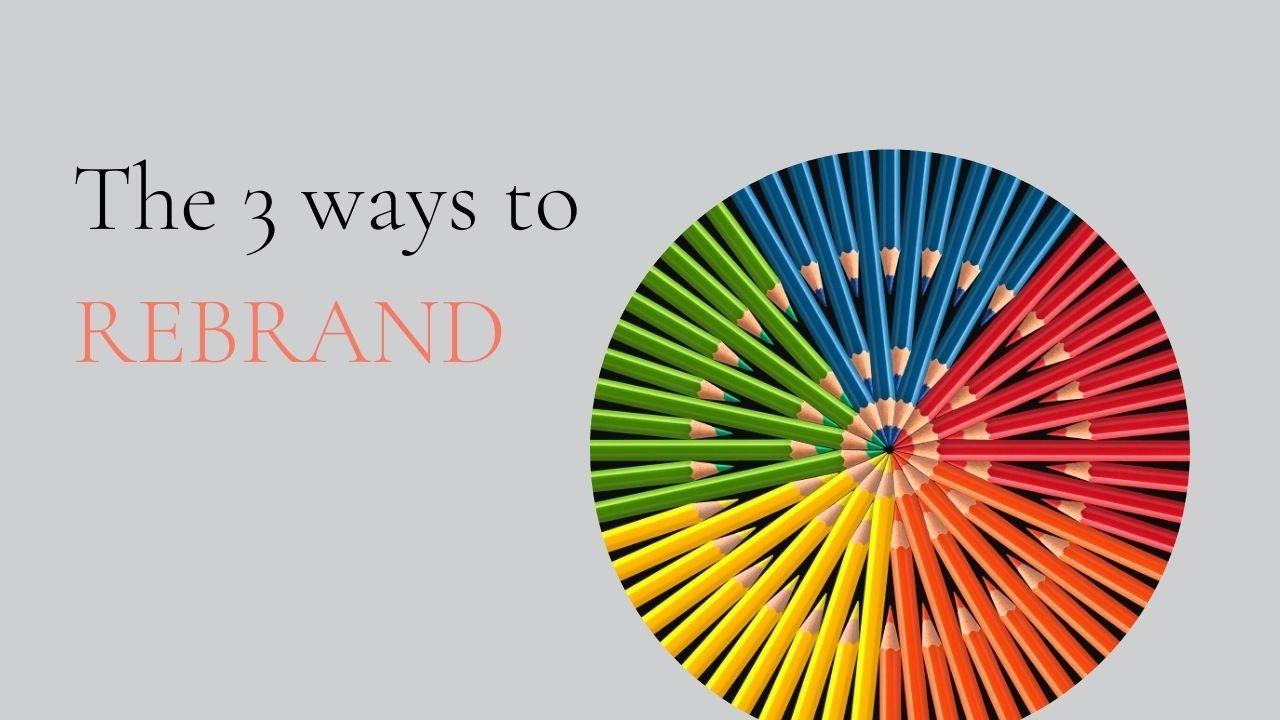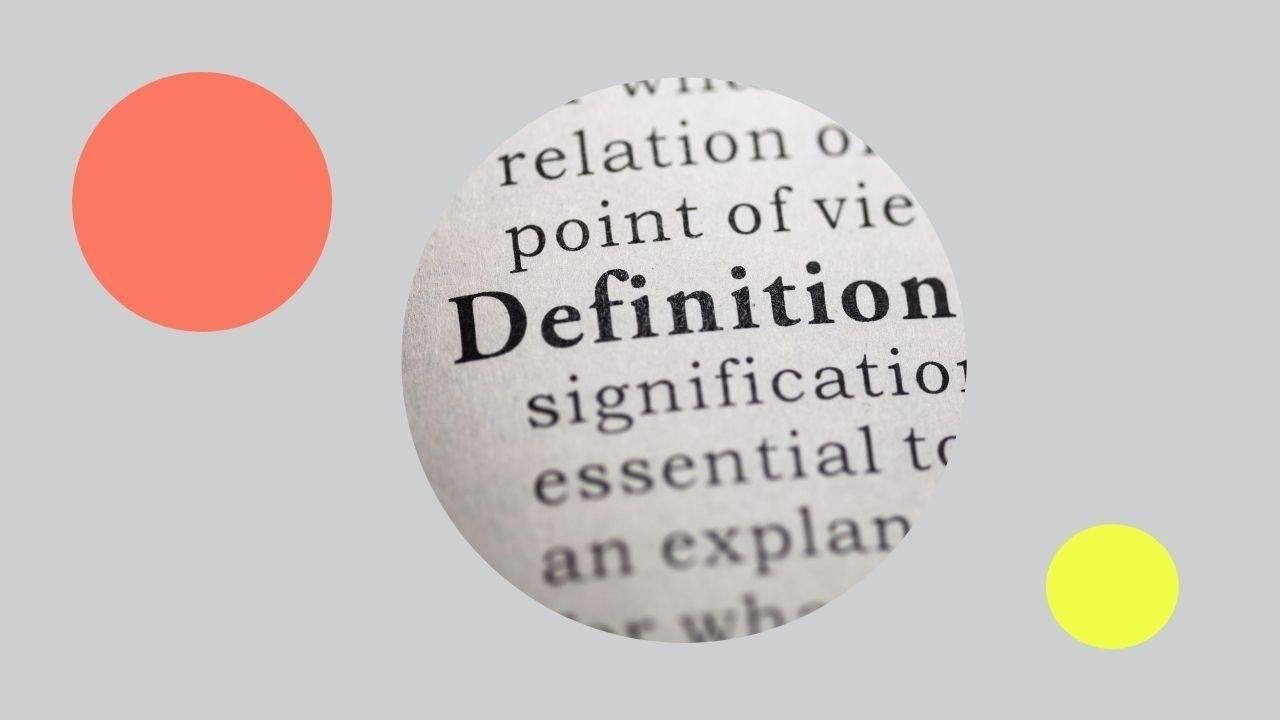How To Brief A Designer - The Ultimate Guide

I'm in an accountability group with three amazing entrepreneurial women, who are all trying to create their websites. When we chatted last week, they were bemoaning the fact that they'd been given "bad logos" from the designers they'd hired to help them.
I suggested that perhaps it wasn't the designers' fault, and asked them what they'd put in their brief.
There was a shifty silence...
So I wrote them a guide that I shared in my blog last week, then asked for feedback on it from the amazing design talent I know. I wanted both sides of the story.
So here's the ultimate guide - from my perspective, having briefed hundreds of design projects over the years, and from the perspective of talented designers who’ve seen many good and bad briefs in their time.
The summary:
There are four significant success factors in briefing a designer, and managing the design process.
- Choosing wisely.
- Making sure you tell them the right things about you.
- Making sure you ask for the right th...
Rebranding a company: the 3 approaches and the 2 things you MUST do first

All the questions I’ve got within the last week have been about ‘rebranding’ this quarter.
Perhaps the back-to-school lure of new shiny pencil cases is making you feel your brand needs an update too?
If so, pause for a moment and read this before you get sign-off on a big ‘rebrand.’
‘Rebranding’ is a very loaded and misunderstood term – usually interpreted to be all about changing the signals of what you stand for – primarily your visual identity and verbal identity.
It’s used as the great panacea – for declining sales and low pricing, lack of customer engagement, or employee motivation.
And, let’s be honest, it’s also kind of exciting and makes people feel important.
But to avoid, “I’m spearheading the rebranding project,” turning into, “I squandered several thousand dollars…”, keep reading...
What rebranding means
Rebranding can sound confusing but it's really just like home improvement. There are 3 ways to do it:
- THE REFRESH REBRAND
Some parts of your house are becomi ...
Brand Strategy, Branding and Marketing Strategy: get clear on what they are and what often goes wrong

The world of brand and marketing is full of complex terminology.
But brand strategy, branding and marketing strategy can be explained simply. And once you get this clear in your head you can be more confident with your brand and marketing planning and projects.
Read on for simple descriptions of what brand strategy, branding and marketing strategy are, and what order to address them.
Defining Brand Strategy, Branding & Marketing Strategy
As Julie Andrews sang, "Let's start at the very beginning".
First, you have to understand what a brand is.
"Products are made in the factory, but brands are created in the mind."
Walter Landor
All brands really are, are associations in people’s minds. And the stronger and more connected these associations are, the more likely a person is to choose and buy your brand.
More here if you want it, but let's move on...
What is brand strategy?
Brand strategy is your decision on what you want to stand for: the associations you want to bui...


